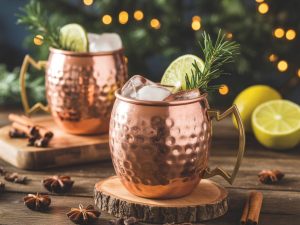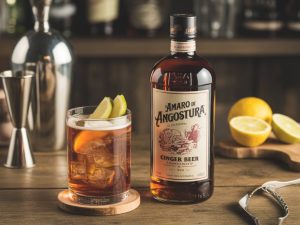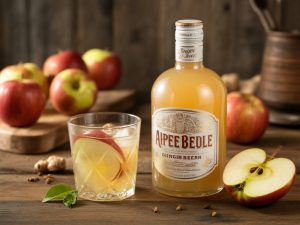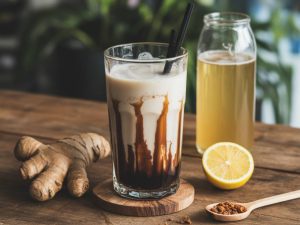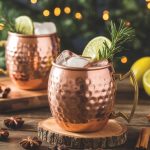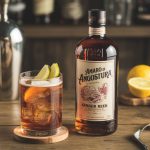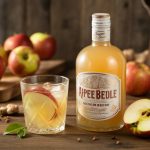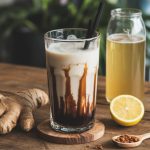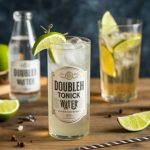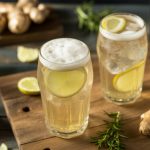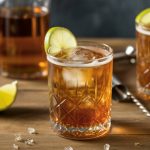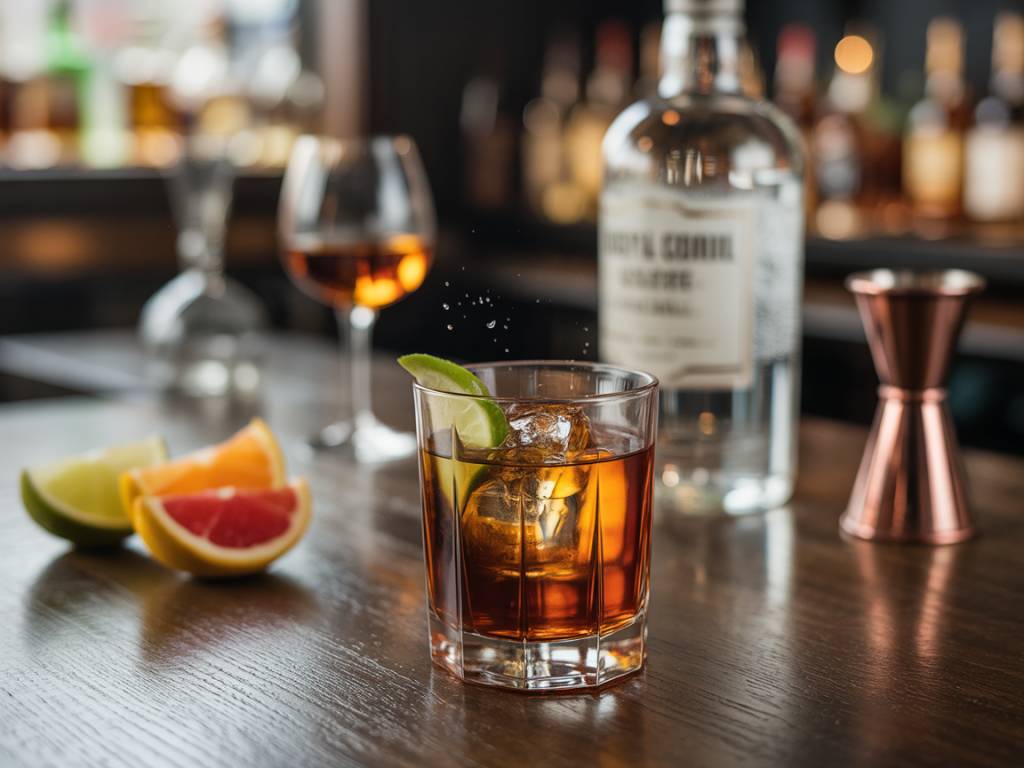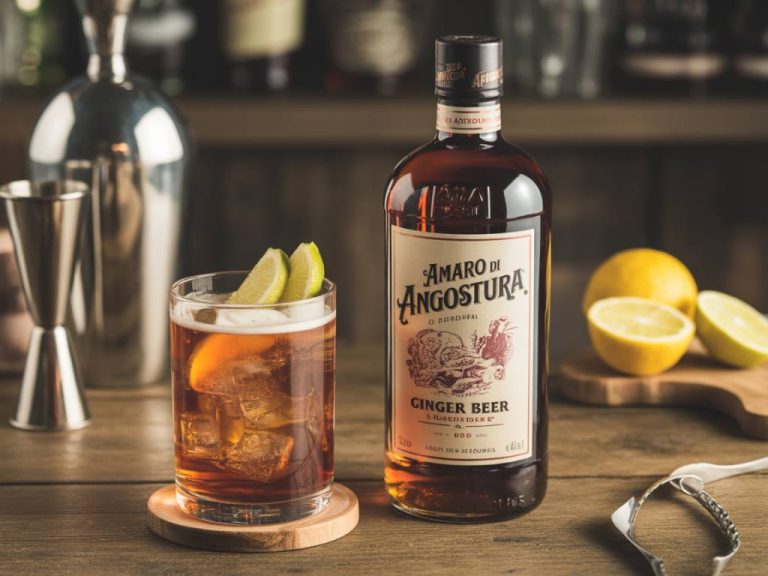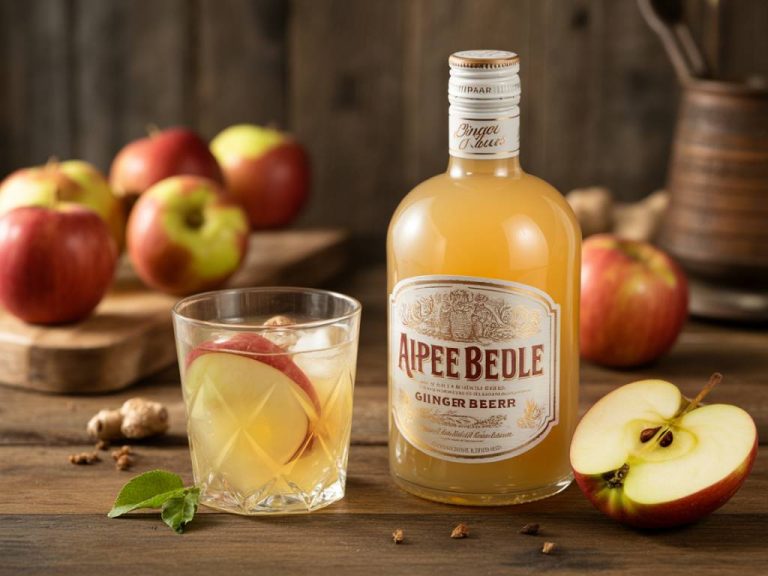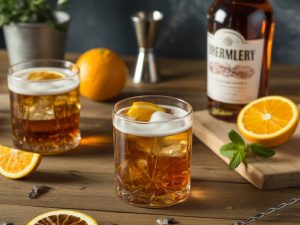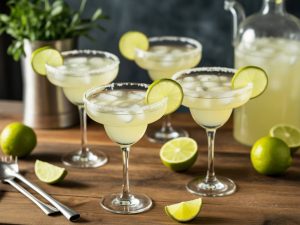What Exactly Is a « Spirit » and Why Does It Matter in Your Cocktail?
Imagine ordering a classic Negroni and receiving something flat, lifeless, and lacking complexity. You might blame the bartender… or maybe it was the wrong vermouth or even that orange twist. But the true culprit? The spirit itself.
“Spirit” is one of those words we throw around often in the world of mixology. But beyond its association with distilled booze, it carries layers of meaning—chemical, sensory, and symbolic—that can elevate or ruin a drink. Understanding what a spirit is, how it’s made, and why its profile matters is crucial if you’re serious about crafting or appreciating cocktails.
What Defines an Alcoholic Spirit?
At its core, an alcoholic spirit is a high-proof beverage made by distilling fermented ingredients. While wine and beer rely on fermentation alone, spirits undergo an additional process: distillation.
This typically involves:
- Fermentation: Sugars in grains, fruits, or vegetables are converted into alcohol by yeast.
- Distillation: The fermented mixture is heated. Since alcohol has a lower boiling point than water, it vaporizes and is then condensed back into a liquid, resulting in a higher alcohol concentration.
The result? A drink with 20–80% ABV (alcohol by volume), depending on type and method. Spirits are concentrated by nature—both in alcohol and flavor—and that’s why even a small pour can dramatically alter a cocktail’s profile.
Six Major Families of Spirits (and How They Play in Cocktails)
Understanding the backbone of spirit categories is essential for flavor matching and building great cocktails. Here’s a breakdown of the big six:
- Vodka: Known for neutrality, vodka is often called the “blank canvas” of cocktails. It lets other ingredients shine—ideal in drinks like the Moscow Mule.
- Gin: Distilled with botanicals (think juniper, coriander, citrus peel), gin adds aromatic and herbal complexity. It’s the backbone of a G&T or a Martinis with character.
- Rum: Made from sugarcane or molasses. Light rums work well in refreshing Daiquiris, while aged rums deliver depth to a Dark ‘n Stormy.
- Tequila: From the agave plant, tequila offers earthy, vegetal notes. It’s essential in Margaritas and Palomas, but also shines in innovative pairings with ginger or citrus.
- Whiskey: A grain spirit aged in wood. Subcategories include bourbon, rye, and Scotch. Adds richness and spice to Manhattans and Old Fashioneds.
- Brandy: Distilled from wine or fermented fruit, often aged. Offers floral and fruity notes. Think Sidecars or classic punch recipes.
Each spirit brings a unique set of esters, congeners, and volatiles—compounds responsible for aroma and taste. Chemically speaking, whisky isn’t just « brown vodka »—its complexity lies in hundreds of aroma compounds from fermentation, distillation, and barrel aging.
Proof isn’t Just a Number: Why Alcohol Content Matters
Every spirit comes with an alcohol percentage—commonly known as “proof.” But this number does more than determine how tipsy you’ll get.
- Flavor Extraction: Alcohol is a solvent. The higher the proof, the better it is at drawing out flavors, whether from botanicals in gin or citrus oils in a spritz.
- Texture: Spirits with higher ABV can give a cocktail structure and mouthfeel—an often-overlooked factor when tweaking recipes.
- Balance: Lower-proof spirits require less dilution. Overstirring or shaking with too much ice can mute key notes in your cocktail.
As cocktail crafters, this means tweaking the dilution and sweet/sour ratios depending on the spirit’s intensity. A 57% Navy Strength Gin will behave very differently than your garden-variety 40% pour—it punches with both botanical heft and alcoholic fire.
The Role of Base Spirit in Defining Cocktail Identity
Let’s get one thing straight: the base spirit is the soul of a cocktail. It gives a drink its fundamental structure, mood, and identity. Swap it out, and you’ve basically made a new cocktail.
Case in point: switch the tequila in a Margarita with gin, and you’re heading into “Gimlet” territory. Replace the rum in a Mojito with cognac and you’ve crossed into experimental mixology. The point? The spirit anchors the flavor narrative.
Renowned bartender Audrey Saunders once said, “A spirit brings emotion to the glass.” Whether it’s the earthy funk of Jamaican rum or the delicate heat of rye whiskey, the chosen spirit sets the tone, much like a key in music.
Terroir, Craft, and the Rise of Artisanal Spirits
Just like wine, today’s spirits increasingly reflect their origin—aka terroir. It’s become impossible to ignore the explosion of small-batch distilleries across the globe, each telling its story through local ingredients, climate conditions, and distillation methods.
Take French Calvados, for example. Its apples come from designated orchards, and aging follows strict regional guidelines. Or consider Japanese whisky, distilled with soft, local water and influenced by sake-making traditions. Even in the ginger beer space, we see spirits curated specifically to complement the spicy, tangy edge of artisanal ginger-based mixers.
And yes, terroir impacts pairing. A smoky mezcal from Oaxaca behaves differently in a cocktail than a citrus-forward tequila from Jalisco.
At Ginger Beer Promotions, I’m particularly fascinated by how fiery ginger interacts with different spirit profiles. A peppery ginger beer can highlight the vegetal notes in tequila, contrast the sweetness of rum, or amplify the heat in bourbon. Choosing your base isn’t just a matter of taste—it’s chemistry and storytelling in a glass.
Spirit & Health: Misconceptions and Insights
Let’s clear up a common myth: not all spirits are created equal nutritionally—or metabolically.
While pure spirits like vodka, gin, and tequila are carb- and sugar-free, additives such as flavored liqueurs or spiced rums may contain extra sugars and dyes. Some mass-produced brands—especially in the flavored spirits category—can sneak in as much as 5–10 grams of sugar per shot.
Also, the type of alcohol (ethanol) in spirits is processed by the liver, and different congeners (impurities from fermentation and aging) influence hangover severity. Darker spirits like whiskey or certain dark rums contain more congeners than clear ones like vodka or silver tequila, which may contribute to longer recovery times after a night out. Worth knowing when you’re choosing your mixer—especially for low-ABV or health-focused versions of classic cocktails.
Pro tip: pairing high-quality distilled spirits with fresh, low-sugar mixers (like cold-pressed ginger beer) makes for a better cocktail—both flavor-wise and metabolically.
An Experimental Approach: Building Cocktails Around the Spirit
How does the spirit behave in different contexts? There’s only one way to find out: roll up your sleeves and test. Here’s an exercise I recommend for any budding mixologist or curious drinker:
- Pick a single base spirit (e.g., gin).
- Try it in three cocktails: one sour-style (e.g., Southside), one stirred (e.g., Martini), and one long drink (e.g., Tom Collins).
- Try to swap the base spirit for another (e.g., tequila in a Southside) and observe what stays and what transforms.
Document your observations: What aromatic notes came forward? Did the spirit overpower or support the mixer? How did temperature and dilution affect texture?
This form of sensory journaling can develop intuition and appreciation beyond simply memorizing recipes from a book. Remember: cocktails are more than formulas—they’re balanced ecosystems.
Choosing the Right Spirit for Ginger-Based Mixers
Since ginger beer and ginger syrup feature prominently here at Ginger Beer Promotions, it’s worth touching on which base spirits work best with this punchy, spicy root.
- Vodka: The classic in a Moscow Mule, vodka lets the ginger lead. Choose a smooth vodka made from wheat or rye for a clean finish.
- Dark Rum: The molasses note in dark rum contrasts the heat of ginger beer perfectly—hence the enduring appeal of a Dark ‘n Stormy.
- Bourbon: Has enough sweetness and oaky depth to play well with ginger—in highball style drinks or ginger-bourbon sours.
- Mezcal: The smoke and depth of mezcal plus the spicy bite of ginger equals a wild love story in your glass. Not for the timid.
Play with the ratios, try muddling ginger with fresh herbs, and don’t be afraid to mix in modifiers like amaro or vermouth to balance bitterness or sweetness. The spirit is the driver—but ginger is a very persistent passenger.
Ultimately, knowing your spirits—and what they bring in terms of flavor, structure, chemistry, and even heritage—is what transforms drinks from passable to spectacular. When you treat the spirit not just as fuel, but as an ingredient with narrative and personality, you start seeing cocktails not as combinations, but as compositions.

